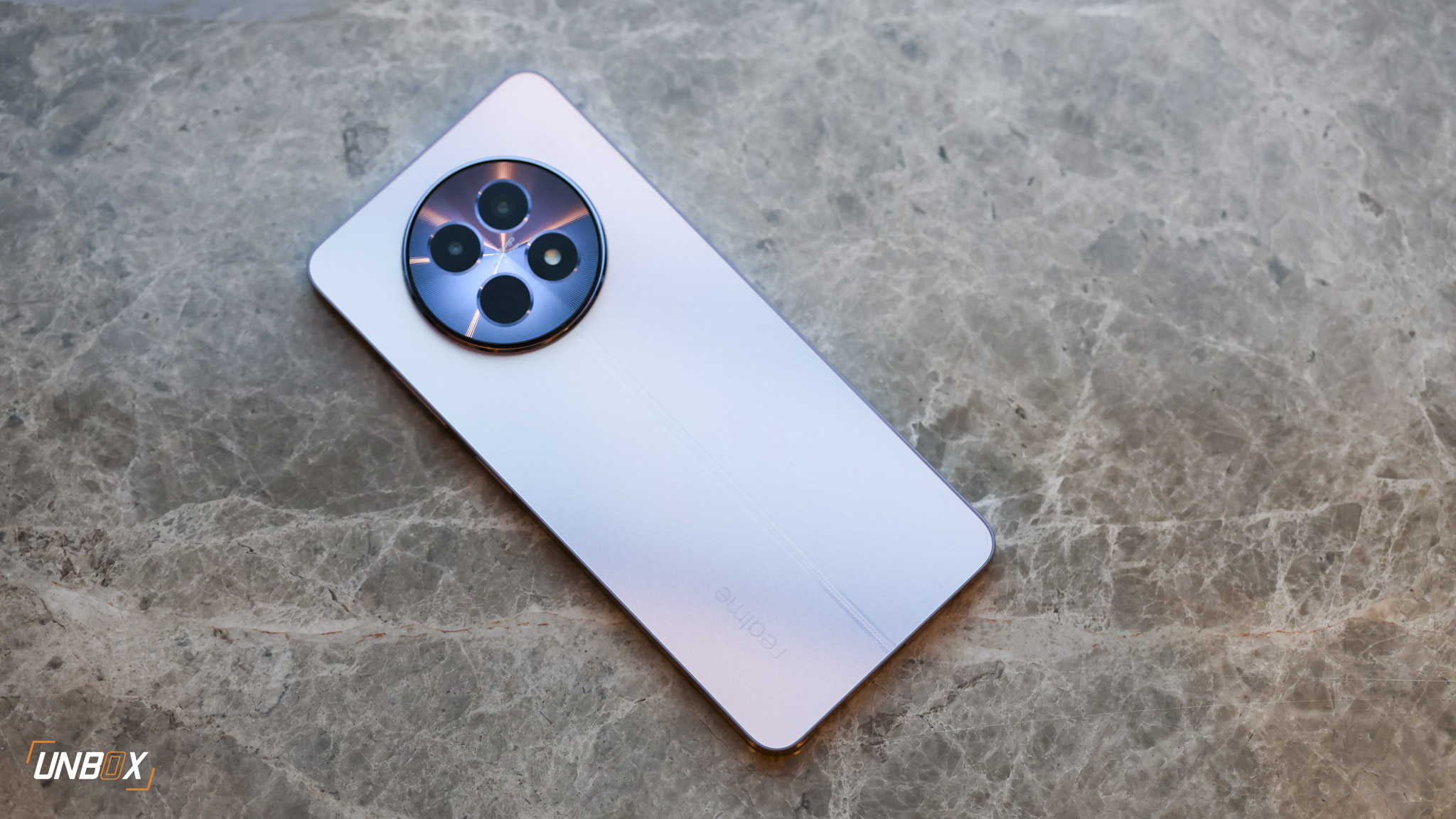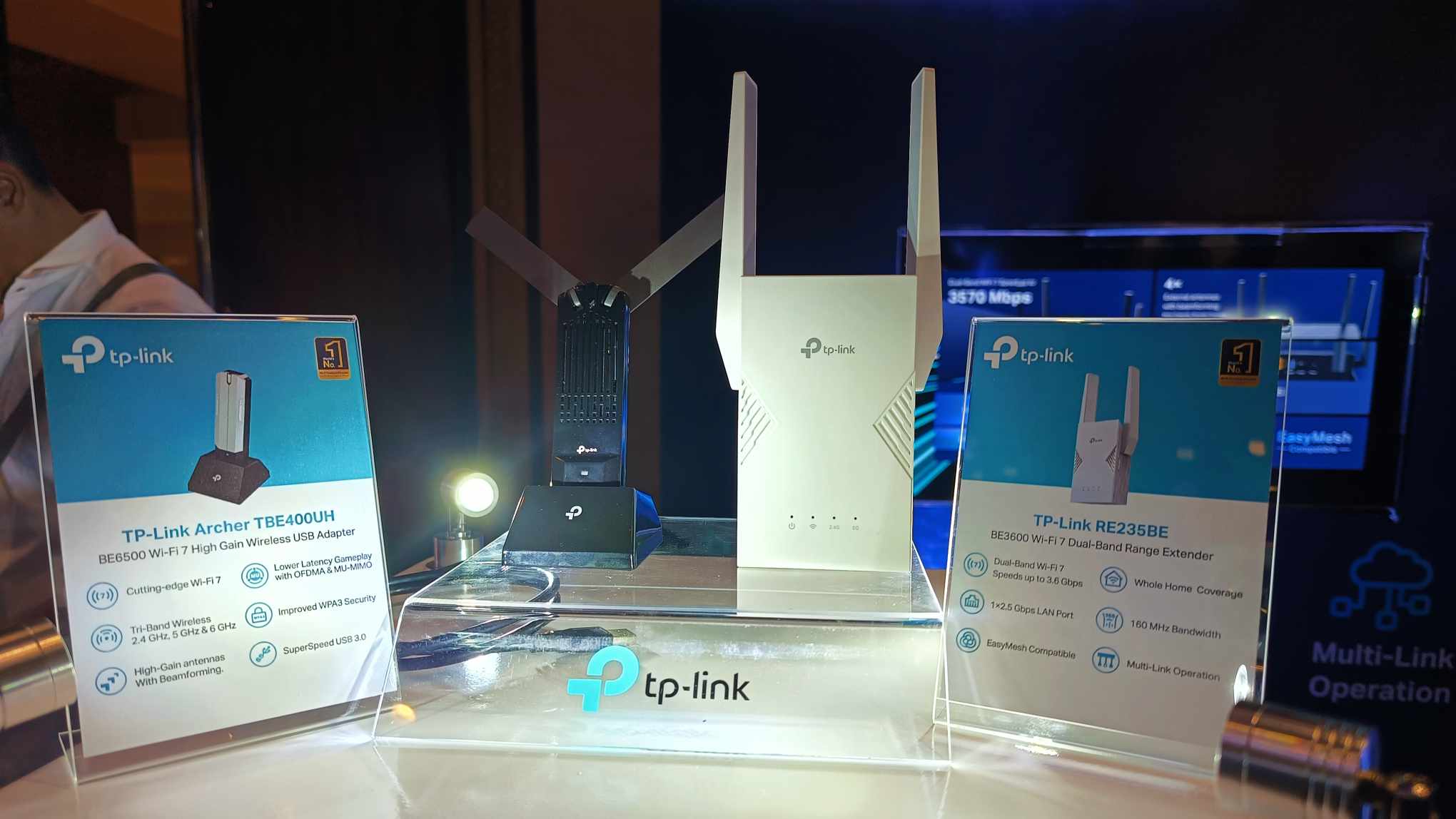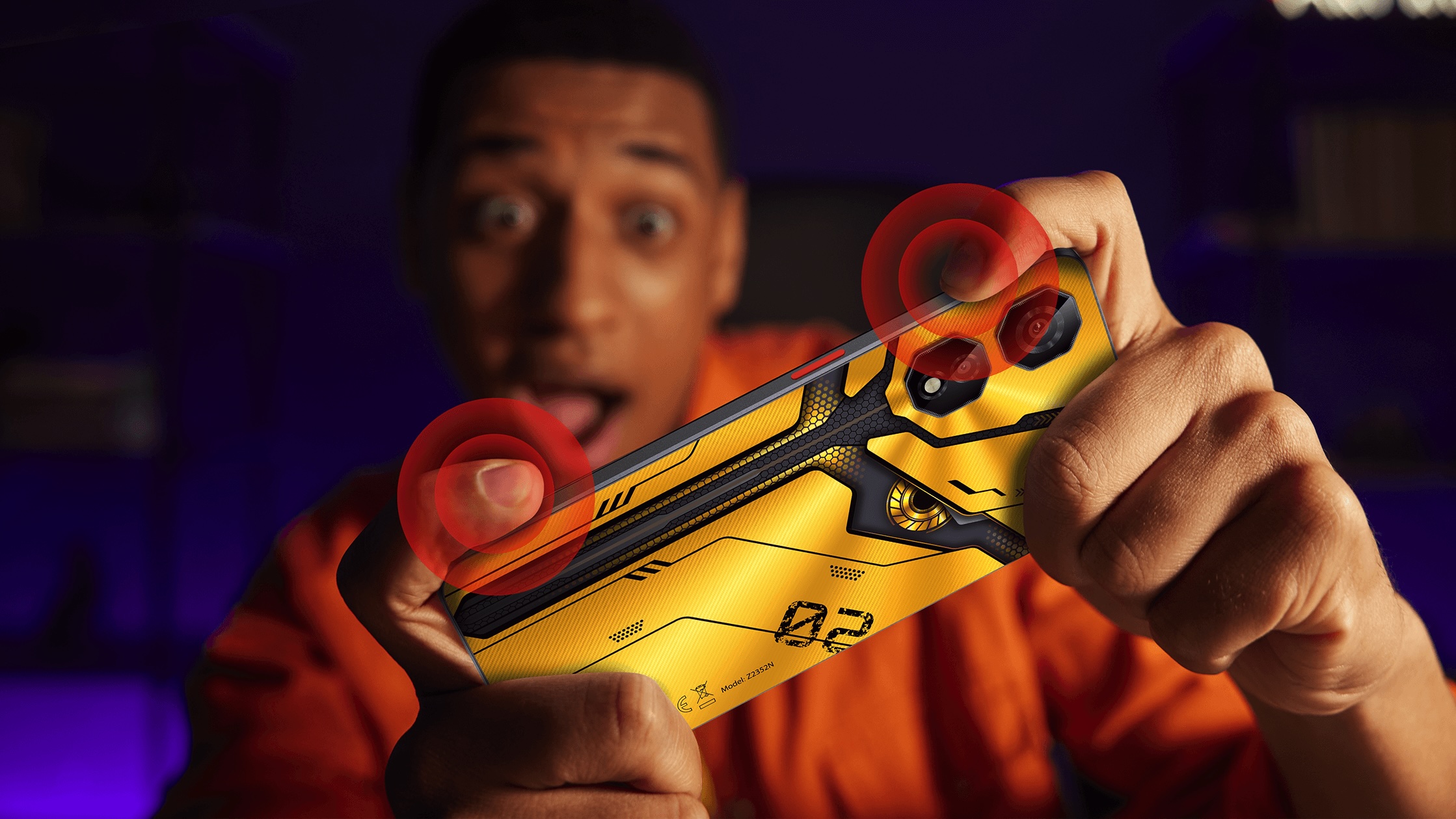
We review the OPPO F1!
A few months ago OPPO officially announced the start of their F series of smartphones, promising a focus on photography. With that declaration, we expected that then rumored F1 would possess a better-than-average primary snapper at the expense of top-tier specs.
Imagine our surprise then, to learn that the F1 wasn’t a mid-range imaging beast but rather a selfie-centric shooter that promises to be a selfie expert, at least, according to OPPO.
OPPO F1 specs
- Qualcomm Snapdragon 616 octa-core processor
- 3GB of RAM
- 5-inch HD IPS display, 1280 x 720 resolution
- 16GB of expandable storage
- 13-megapixel rear camera, f/2.2 aperture lens, AF and LED flash
- 8-megapixel front camera, f/2.0 aperture lens
- Dual SIM
- 3G, LTE
- WiFi, Bluetooth, GPS, A-GPS
- Android 5.1 OS, Color OS UI overlay
- 2,500mAh battery

Thin, beatiful, elegant
Despite the F1 being a distinctly different product line from OPPO’s earlier models, the overall design of the phone curiously borrows a lot of design cues from the company’s R lineup. The front of the phone, for example, looks a lot like the R5. The build quality is phenomenal, just like the company’s other phones. We have our doubts if the phone uses a metal frame, but even if it doesn’t, the fact that we’re not sure speaks volumes of the phone’s overall material choice. The back is metal and has been treated with a special coating process to make it look more premium. We’ll let OPPO explain:
An exquisite metal alloy, treated with zircon sand surface coating applied in a low-pressure, low-speed spraying process.

Button layout is typical of a 5-inch phone, with the power button being on the right and the volume rocker on the left. Up front, you’ll see the 5-inch HD display that has 2.5D glass layered on top of it. Since the phone has a 5-inch display, it’s rather small, making it perfect for people with smaller hands since you’re able to (almost) get your fingers across the entire display. If you’re still having problems, there’s a one handed mode that you can turn on which shrinks the size of the display even further. The phone uses physical capacitive keys for navigation, located on the chin of the phone.

There’s a 3.5mm jack on the top of the phone and a USB port on the bottom. The speaker is located on the back, which is a bit of an issue when the phone is laid on top of a flat surface, with the display up. Now muffled sound is pretty much expected for phones that use a rear setup for speakers. Unfortunately it’s more pronounced with the F1 since it lays almot completely flat when it’s on its back.

As far as the display goes, it’s acceptable though it’s not the best out there. The blacks are a little bright, and the viewing angles aren’t as good when viewed from the left or right with the screen in the portrait orientation.

Mid-range phone with a mid-range processor
The OPPO F1 comes with a mid-range, Snadpragon 616 octa-core processor, along with 3GB of RAM and 16GB of expandable storage. The hardware combination is hardly surprising, considering that most phones in the F1’s price range come with the same config. We’ve seen the same hardware configuration on other mid-range phones before, and just like those phones the F1 performed well with everyday tasks. While it’s not a gaming powerhouse, it’s capable of tackling most apps and games in Google’s Play Store.
Just like OPPO’s other smartphones, the F1 comes pre-installed with the company’s UI overlay, ColorOS 2.1. For those not familiar, ColorOS is OPPO’s own take at the Android OS and changes the look and feel of Android 5.1 Lollipop, taking away the app drawer and adding on-screen gestures to the fore. If you’re not a fan of ColorOS (or any UI overlay) you can always just change the look of it by using a third-party launcher.
How about the other, phone-things? Call quality is good, and calls made to and from the F1 are crisp and clear. The processor, being a Qualcomm SoC, latches on quickly on to GPS and LTE. Normal use produces some heat, but nothing too major.

Decent enough camera, though the selfie shooter can be a little wider
The camera is decent enough, and features a 13-megapixel rear camera with a f/2.2 aperture with phase detection AF. Overall the camera of the quality is quite decent, though if you’re expecting images that’s on par with more expensive offerings of OPPO you’ll be a little disappointed. Shots taken with the rear camera are quite decent, with good contrast, detail and sharpness.
The entire point of the F1 is its superior selfie shooting prowess. Does it deliver? Kind of. The phone has a f/2.0 aperture which allows in more light than most other cameras in the market today.


The 8-megapixel sensor is a little on the small side, but it’s okay. One thing that we were a little bit surprised with was the narrower FOV that the front facing camera had compared to other phones. That meant you’ll have to extend your arms a little farther out when you’re taking selfies, especially with your significant other.


As far as the actual quality of the selfies? They’re quite good. The beautify mode smoothens out the wrinkles on your face, though it looks a little artificial on higher settings.

Decent battery life
The OPPO F1 comes with a 2,500mAh battery. It’s a little small, but considering the overall thickness of the phone doesn’t go over 7.3mm, it’s good enough. The F1 recorded a PCMark battery benchmark time of 6 hours and 54 minutes. That’s good enough for around a day’s worth of battery with light to moderate use. With heavier use, it’ll struggle to get to the end of the day. Unfortunately being a mid-range smartphone, the F1 doesn’t come with OPPO’s vaunted VOOC fast charging tech.

Verdict: A premium-looking selfie phone
OPPO is looking to counter the selfie smartphone offerings of companies like ASUS with the F1. It’s a decent-looking mid-range smartphone that’s more than enough for most people, though folks looking for something faster and better will need to look at other models.
The OPPO F1 retails for Php 11,990.














